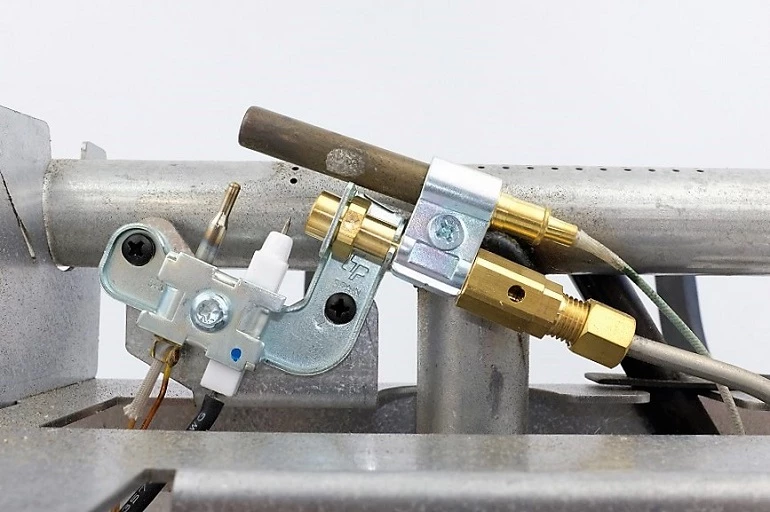How To Clean A Thermocouple
If you are asking questions like "How do you clean a thermocouple?", chances are you are not the average fireplace owner. Some people have trouble pronouncing that word, much less learning how to maintain it. So, this article will not be basics about cleaning a gas fireplace. This is an in-depth look at gas fireplaces, their parts, and how to maintain them. If that sounds like something you need, keep reading, we promise to make it as pain-free as possible.
Many gas fireplaces use a standing pilot or millivolt valve as a part of the way they ignite the main burner. Though it might seem like a magic fairy sits behind the wall switch connected to your fireplace and that is what makes the fire roar to life... sadly, that is not the case. A small probe called a thermocouple, or thermopile is heated through a small standing flame.


